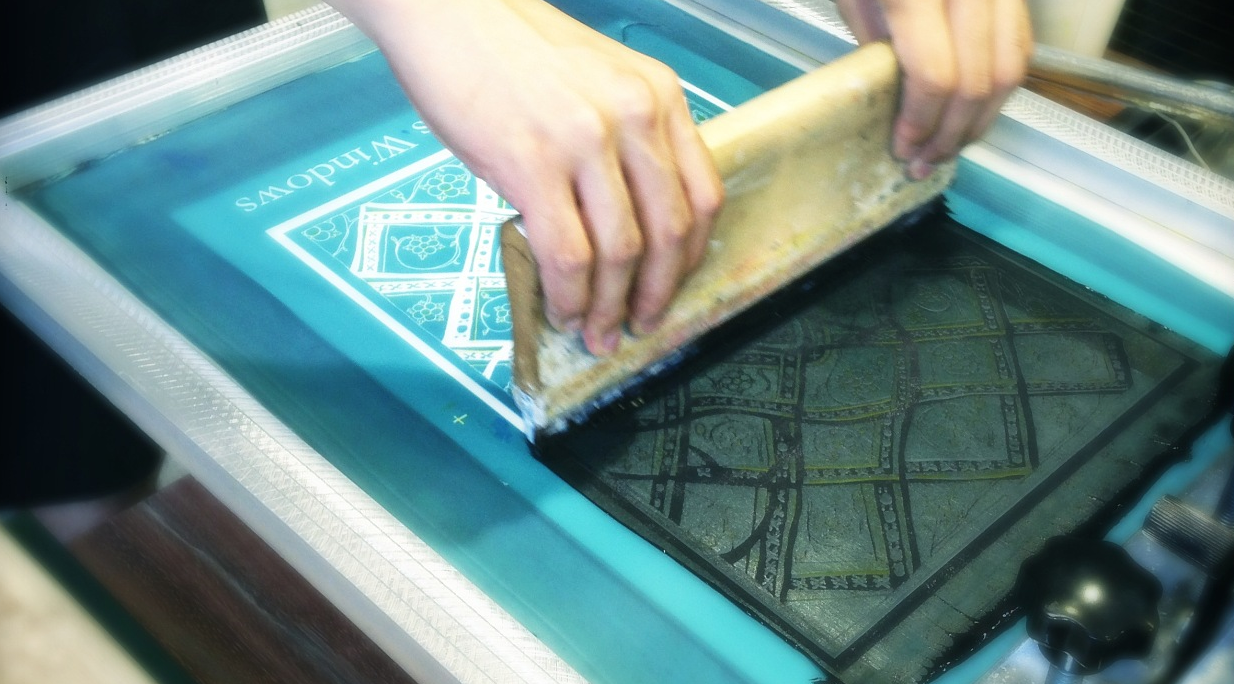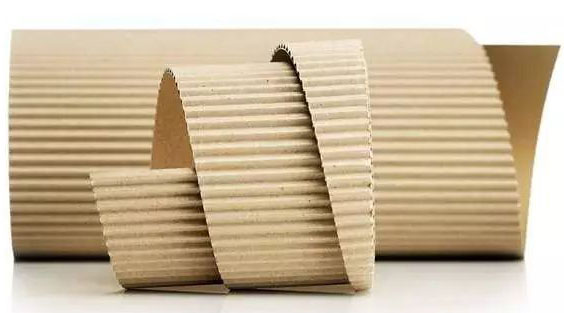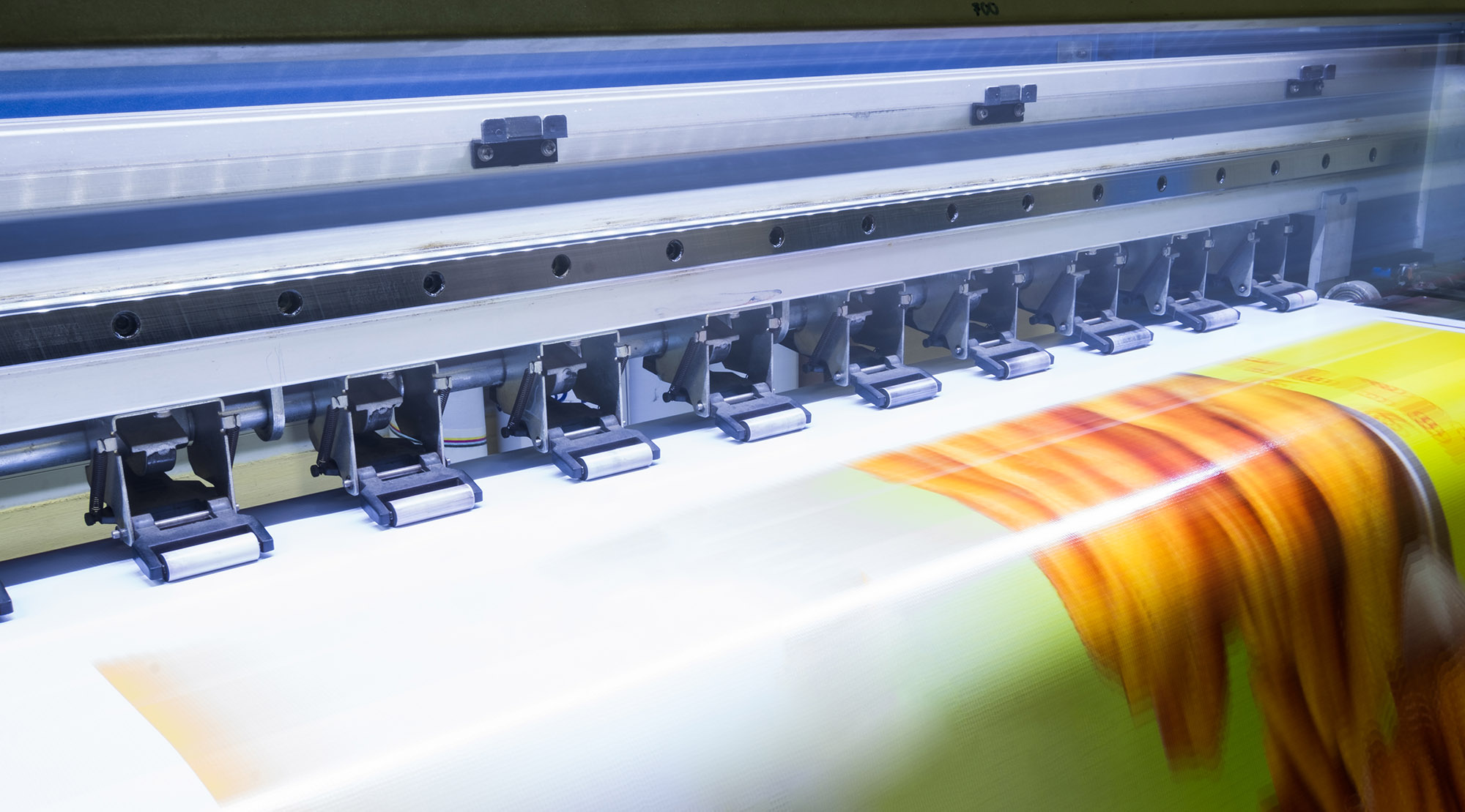Strength Test and Analysis of Corrugated Paper and Carton
Corrugated paper is the main material for manufacturing various cartons and packaging. The quality and strength of corrugated paper will directly affect the quality of cartons or packaging. Strict determination of all aspects of corrugated paper strength indicators is a very important link in packaging, printing and production, and is of great significance for ensuring product quality and performance. This article briefly describes the strength test and analysis of corrugated paper and carton, and the content is for the reference of the excellent packaging material system for friends.
Strength Test and Analysis of Corrugated Board
Sampling is the first step in accurate measurement of corrugated cardboard. Sampling should be able to represent the characteristics of the whole batch of products to the greatest extent, but as few as possible.
According to international standards, it is specified as 3% to 5%, and sampling can also be carried out according to the specific production scale and situation.
1.The ring compressive strength of corrugated cardboard and carton board
It is more difficult to determine the compressive strength of base paper or cardboard along the width direction (that is, perpendicular to the thickness of the paper). Because the thickness of paper or cardboard is very small, it is difficult to apply pressure on a straight sheet of paper in the direction perpendicular to its thickness while maintaining the stability of the base paper or cardboard. If the paper or cardboard is enclosed in a ring shape, its shape stability is much better when pressure is applied. Therefore, surround the base paper or cardboard into a ring, and then measure its compressive strength. This is the ring compressive strength of the base paper or cardboard. The measurement is carried out on a small pressure testing machine.
2.Flat compressive strength of corrugated core
The main function of the corrugated core is to maintain a certain thickness of the cardboard when the corrugated cardboard is deformed under pressure, so that the cardboard can obtain a larger moment of inertia. The role of corrugated paper is closely related to the reliability of corrugated made on a single-sided machine. The corrugated paper core must be able to withstand the effects of stress and strain, and form uniform corrugated height when corrugated at high speed, and be able to adhere firmly to the tissue paper.
This function of the corrugated core can be measured by the flat compressive strength of the fluted corrugated core. The flat compressive strength of the corrugated core is measured by first pressing the corrugated base paper into a corrugated shape with a flute tester under a certain temperature and pressure. Then do a flat compression test on a small testing machine to determine its load-bearing capacity and express it in KN (kgf).
3.Flat compressive strength of corrugated cardboard
One of the inherent characteristics of corrugated cardboard is that it has a larger moment of inertia than ordinary cardboard. When the corrugated cardboard is subjected to a high-pressure moment of inertia, maintaining its original thickness is a prerequisite for maintaining its inherent characteristics. Therefore, the ability of corrugated cardboard to receive a flat load without being crushed is an important strength index of corrugated cardboard. This index is particularly important for the elasticity of corrugated cardboard in use and the ability to maintain the original thickness of the cardboard during the various processing processes of making cartons.The flat compressive strength of corrugated cardboard is expressed by the force that acts vertically on a unit area of the cardboard, and the unit is kPa. To determine the flat compressive strength of corrugated cardboard, a small pressure testing machine can be used, using a circular sample with a diameter of 5.13 cm.
4. Edge compression strength of corrugated cardboard
Corrugated boxes are different from paper bags in that they are used as rigid containers and must maintain a certain shape during use. One of the main forms of damage to corrugated boxes is crushing and losing rigidity. A lot of research work has shown that an indicator of the rigidity of the carton is the compressive strength of the carton, which is directly related to the edge compressive strength of the corrugated cardboard.
The edge compressive strength of corrugated cardboard refers to the ability of the cardboard to withstand compressive loads along the corrugated direction. It is expressed by the force per unit length in N/m. This index can be used to compare products produced under similar conditions, but not the same batch. The quality of the product; it can also be used to compare the edge compressive strength of corrugated cardboard produced from different materials.A small pressure testing machine can be used to determine the edge pressure strength. The area of the upper and lower pressing plates is 100mm*100mm, and the other requirements are the same as those for measuring the flat pressing strength. In addition, two rectangular metal guide plates for holding the sample are required, with a length of 100mm and a cross section of 20mm*20mm.
5 Burst resistance
Burst resistance has always been regarded as an important quality indicator of corrugated cardboard and its components (core paper, face paper and inner paper). In the early days, even all the quality specifications of corrugated cardboard were mainly based on burst resistance. Although the current specifications have noted indicators such as edge compression strength, the measurement of burst resistance still has great significance. Because the cardboard is subjected to stress similar to that during bursting resistance measurement during use. Bursting resistance is the load of paper or cardboard when it does not break. It indicates the ability of the paper or cardboard to withstand external pressure without breaking. Bursting strength is measured with a bursting strength measuring instrument.
6.Piercing strength
Puncture strength can be used to measure the resistance of corrugated cardboard when it is damaged by the impact of sharp objects. It is a comprehensive index. Recent studies have shown that the tearing strength of the face paper in the vertical and horizontal directions is related to the corrugated core paper, and the flat compressive strength of the corrugated core paper has an important influence on the strength of the corrugated cardboard. Piercing strength has recently become more and more important, and many countries have included this indicator in the quality specifications of corrugated paper.
The puncture strength is measured with a puncture strength tester. The tester uses a pendulum equipped with a piercing head to measure the ability of the cardboard to resist piercing by the change in the potential energy before and after piercing the cardboard. The change in the potential energy is converted into kinetic energy to pierce and tear the cardboard. To express the piercing strength of paper or cardboard.
7.Bonding strength
Adhesive strength refers to the bonding strength of corrugated paper and face paper or lining paper. Apply an outward pulling force perpendicular to the surface of the tissue paper or corrugated core paper until the two separate. The maximum load that the adhesive or the interface of the adhesive fiber can withstand before separation is the adhesive strength of the sample, also known as the peel strength, and the unit is N.
Adhesive strength can be measured with a small pressure testing machine. The tensile force applied to the tissue paper and the corrugated core paper is generated by inserting the upper and lower sets of corrugated plungers, so this test is also called the pin bonding strength test.The model of the test rod depends on the model of the corrugated board being tested. The long set of test rods is inserted under the corrugated core paper, and the short set of test rods is inserted under the corrugated core paper. Then pull up on the upper side and pull down on the lower side to measure the bonding strength of the weaker side of the two bonding surfaces. When a long set of test rods are inserted into the upper or lower side of the core paper at intervals, and a short set of test rods are also inserted into the same side of the core paper at intervals, the adhesive strength of the side connected to the test rod can be measured.
Corrugated boxes can mostly replace wooden boxes, but the main reasons why they cannot completely replace wooden boxes are: 1. Water resistance and moisture resistance are not as good as wooden boxes; 2. Easy to be punctured by sharp hard objects; 3. Compressive strength is not as good as wooden boxes. Especially the last point has a big impact. Therefore, it is of great significance to study how to improve the compressive strength of corrugated boxes.
Corrugated boxes are packaging containers, and the test can be carried out according to the requirements of the packaging container. The main test items are:
The carton pressure test is the compression test, which is the most basic test for the performance of the carton. Through this test, the compression resistance of the carton under different conditions can be determined.The equipment used for the carton pressure test is a pressure test machine dedicated to the carton. The pressurized area of the workbench of this testing machine is relatively large. Generally, the area of the upper and lower pressing plates is 1.5m*1.5m or 1m*1m respectively. One of the two pressure plates is a support plate, and its position can be adjusted according to the size of the sample to make it have a suitable height, and then fasten it; the other is a pressure plate, which can slide along the guide rod. Apply pressure to the specimen.
2) Drop test of carton
The drop test is a commonly used test for general commodity packaging, and it is also used for corrugated boxes. The drop test can detect the physical strength of the contents under different drop conditions. At the same time, the performance of the carton and the cushioning effect of the carton structure can be measured through the test.The drop test is a simple and applicable test. It is suitable for packages with a total weight of less than 150kg or a small volume. The equipment used in the testing machine is relatively simple, and can be used as a hook drop testing machine or a support plate testing machine.
3) Inclined impact performance
For heavy or bulky packages, such as large packages weighing more than 150kg, the inclined plane impact test can be used to detect the impact resistance of the package and its contents.Inclined impact test can imitate the strong impact load caused by trains, cars starting, braking and going downhill. In addition, this test can also provide similar experiments for various shock loads caused by the transportation process (such as goods passing through the conveyor belt, lifting, unloading, etc.). The test device is a crash test machine composed of a slide, a trolley, and a baffle.
4) Hexagonal drum test
The hexagonal drum test is a comprehensive test that simulates various loads from the outside during the transportation process of the carton with the contents inside. This test can imitate the situation where cartons enter warehouses, cabins, or carriages from conveyor belts, or cartons are transported from one floor to another by conveyor belts. The cartons rolling and falling in the testing machine are random, and there is no certain rule. This kind of natural drop of the carton can fall on the baffle of the rotating drum, and can also fall on every corner, every side and every surface of the rotating drum, providing various load tests for the carton.Two purposes can be achieved through this test: to simulate the shock and vibration that the carton may encounter during transportation, to determine the carton's ability to withstand these shocks and vibrations; to determine the protective ability of the carton, inner packaging and shockproof materials to the contents. In addition, this test is also useful for determining the reliability of the joints and closures of the carton. This test is measured on a hexagonal drum testing machine.
5) Vibration and anti-vibration performance test
Carton boxes will undergo vibrations of different frequencies and amplitudes during transportation, which will affect the carton and its contents, such as carton deformation and cracking, surface abrasion, ink stains, etc. The vibration test can simulate general vibration during transportation, or Carry out some occasional vibrations with known parameters. Due to the wide range of vibration frequencies during transportation, the test includes two aspects: one is to put the carton on the shaker without being tightly fastened to test the carton’s ability to withstand fatigue and high-frequency vibration caused by repeated vibrations; the other is Tie the carton tightly on the vibrating table and check whether the low-frequency vibration will cause the carton contents to resonate. This kind of test is suitable for items that are very sensitive to low-frequency vibrations, such as electronic instruments.
The vibration table for carton vibration test can produce vibration frequency of 1-80Hz and acceleration of 0.5-10g (g=9.81m/s*s). The test carton can be placed on the vibrating table, and the carton can be tied tightly or allowed to move freely according to the needs of the test. During the test, it can imitate the stacking situation in the transportation process and apply a simulated force load to the sample. The vibration table should also meet the requirements that are compatible with the total load of the stacked cartons and the contents.
The basic method of the test is to reproduce the vibration in the transportation process under the experimental conditions, such as the train compartment, the car compartment, and the aircraft cabin. The vibration load depends on the type of transportation.
When testing the anti-vibration strength of the carton, the number of styles should be adapted to the actual situation. The stacking number of cartons is generally not less than 3, and the total stacking height should depend on the type of transportation. The stacking height for railway transportation is generally 2.5m, for cars it is 2m, and for air transportation is 1.5m. The termination time of the test is determined by the breakage rate of the carton. The degree of damage includes the joints of the carton and the damage of the bonded box wall.
6) Spray test
Sprinkle the corrugated cardboard box at the specified time and amount of water under the specified conditions to evaluate the carton's ability to withstand water attack and the carton's ability to protect the contents.
7) Other tests
Including weather resistance test and friction performance test.
The packaging corrugated boxes of thePackagingPro have passed the above rigorous testing. In order to protect your products, we use two master cartons, the inner corrugated master cartons and the outer corrugated master cartons , with a total of 8-10 layers of corrugated, which are enough to protect your products, no matter what kind of harsh transportation environment.




